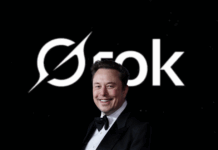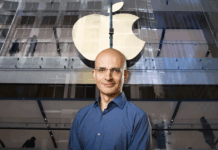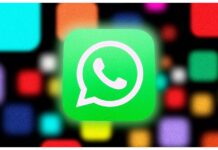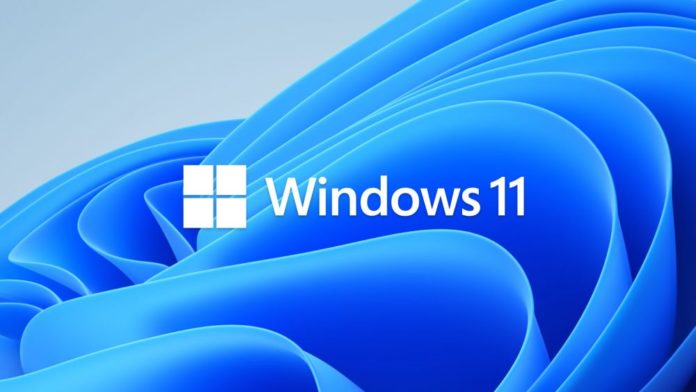Microsoft is testing the integration of ads into its latest operating system, Windows 11. This strategic pivot reflects a broader trend in the tech industry towards monetization through digital advertising. But what does this mean for the end-user, and why has Microsoft decided to walk this path? This blog post explores these questions and more.
The Why: Understanding Microsoft’s Decision
The choice by Microsoft to include advertisements in Windows 11 is complex. Fundamentally, it’s a reaction to how software monetization is changing. As free-to-use platforms and services proliferate, businesses are searching more and more for supplementary sources of income. Microsoft hopes to make the most of its large user base by including advertisements and providing tailored promos that can encourage users to interact with its services and goods.
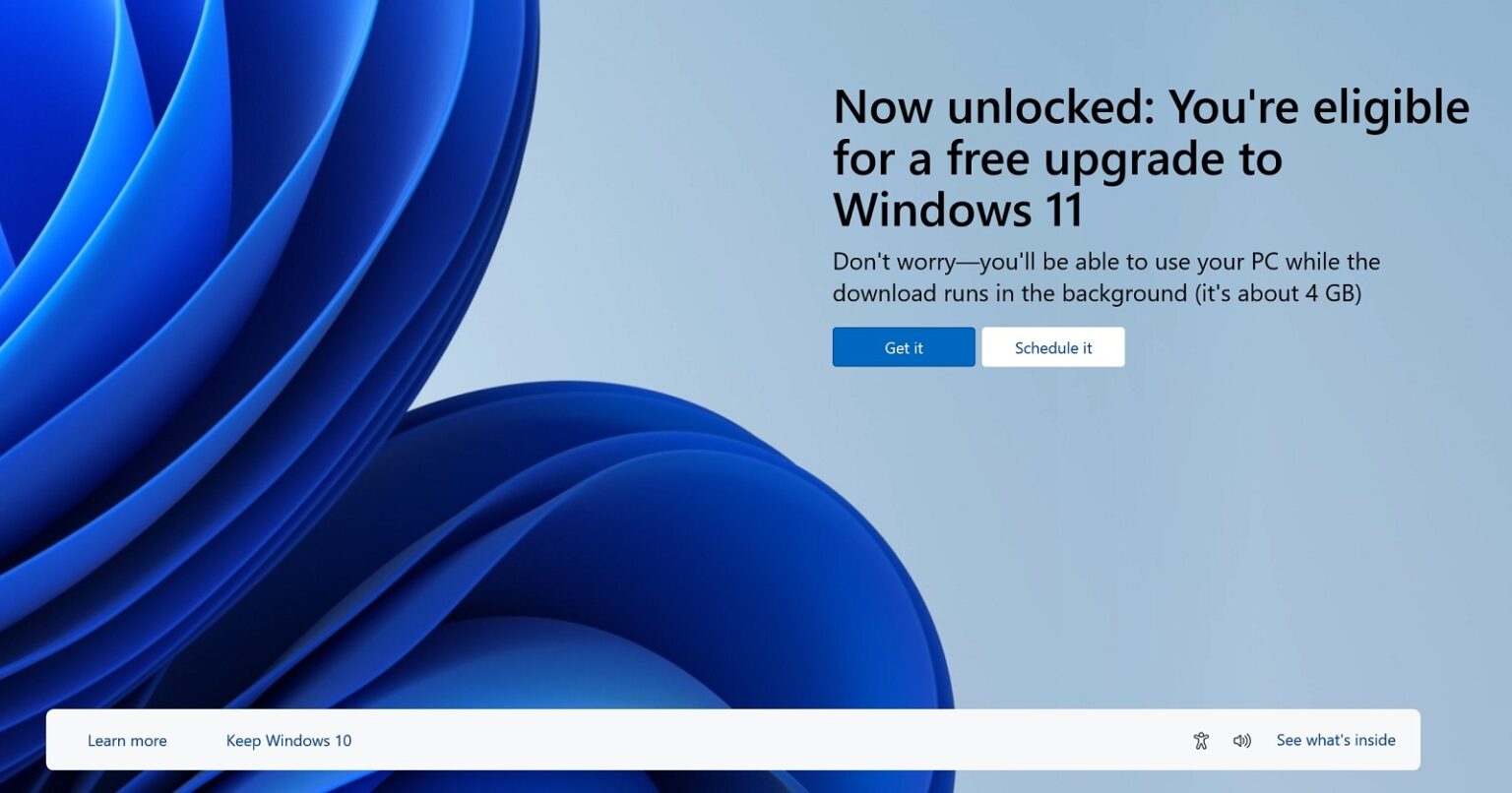
The How: Ad Integration In Windows 11
The advertisements are anticipated to show up in Windows 11 production releases, while they are presently being tested in preview builds. Along with crucial system features, users may see prompts like “Back up your files” or “Complete your profile” under the Start menu. Though intended to be beneficial, particularly for inexperienced users, these advertisements have sparked questions over the user experience and opt-out options.
Voice Of Users On The Windows Update
Microsoft is testing these modifications and keeping a close eye on community comments. The way this plan is finally implemented will be greatly influenced by the response from the Windows community. Innovation and customer pleasure are delicately balancing each other, and Microsoft is no stranger to changing its strategy in response to feedback from users. They have decided on taking a very tactical approach to this new implementation it seems.
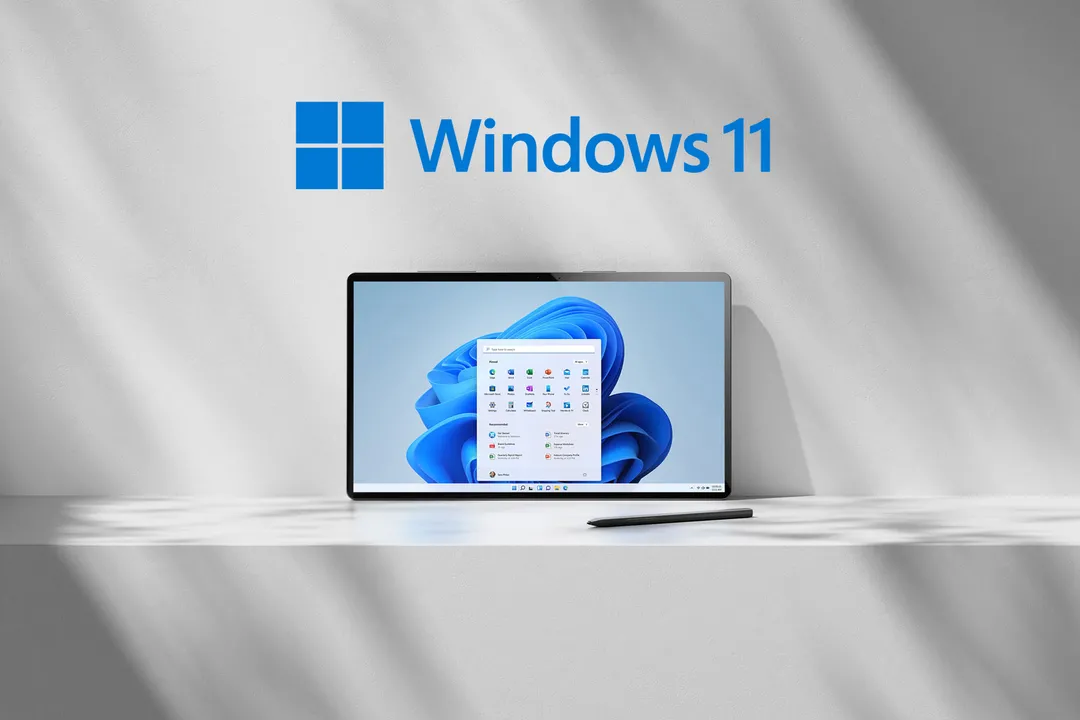
The Future: Monetization And The Modern Windows
The integration of ads into Windows 11 is indicative of a larger shift in how operating systems are monetized. As the line between software and service continues to blur, we can expect to see more companies exploring similar strategies. The key will be to do so in a way that adds value for the user without compromising the core functionality and appeal of the platform.
With Windows 11, Microsoft has added advertisements, starting a new chapter in the history of the operating system. Even if it has drawbacks, there are chances for creative advertising and user interaction. Delivering a smooth and user-centric experience must continue to be the major priority as we navigate this all new terrain.
Stay tuned for more tech updates like these; this is your soon-to-be favorite friendly neighborhood techie Zayaan, Signing Off!








